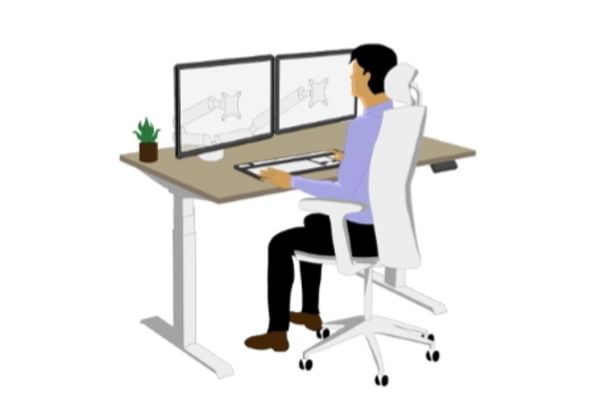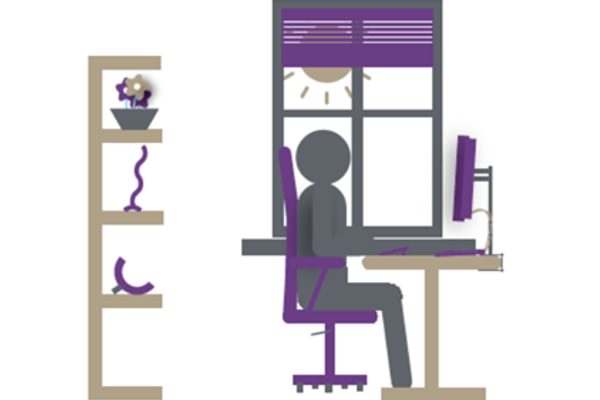News Article
New guidance for employers of home workers
The health and safety executive (HSE) has recently updated their guidance on home working due to the ongoing Covid-19 pandemic resulting in many employees continuing to work from home. The HSE has clarified that employers have the same health and safety responsibilities for home workers as for any other workers.
So what does this mean for employers?
For all home workers, employers must consider:
- How they will keep in touch with them?
- What work activity will they be doing (and for how long)?
- Can it be done safely?
- Do control measures need to be put in place to protect them?
Whilst the HSE maintain that employers do not need to ask employees who are temporarily working from home to do a home workstation assessment, the guidance states that:
‘as temporary home working extends, employers should have regular discussions with workers to assess whether additional steps are needed, for example where they report:
- aches, pains or discomfort related to their temporary DSE arrangements
- adverse effects of working in isolation, on remote IT systems
- working longer hours without adequate rest and recovery breaks’
Many employees have been working from home for almost seven months and have no plans to return to the office anytime soon. Employers should now be assuming their responsibility to ensure that home workers are well supported in the tasks that they undertake daily. It is no longer acceptable to expect workers to make do with only a laptop and no peripheral devices, sitting on dining chairs or at kitchen counters. The HSE have said that ‘for those people who are working at home on a long-term basis, the risks associated with using display screen equipment (DSE) must be controlled. This includes them doing workstation assessments at home.’
Where employers decide to make working from home arrangements permanent, they should explain how to carry out full workstation assessments and provide workers with appropriate equipment and advice on control measures. If you are planning to give employees a budget to buy their own equipment, this should not be done without proper guidance on how to select appropriate furniture and accessories to support their needs.
Considering the health and safety of home working employees, and providing them with suitable equipment should not be seen as only a safety issue or treated as a box ticking exercise. The space and equipment people have available to them at home have a significant impact on their well-being and productivity. Leesman recently presented analysis of data collected from over 125,000 respondents regarding employee home working experience. Their analysis indicates that having a dedicated workspace and a workstation that supports the requirements of their work tasks strongly correlates with a positive home working experience.
FIRA has produced a practical guide for employees to help optimise their home working environment and help improve productivity and comfort. To download the guide for free go to www.fira.co.uk/homeworking. FIRA’s service provider FIRA International have a team of ergonomists who will be happy to help if you need any further support to understand your DSE responsibilities as an employer. Contact them by emailing ergonomics@fira.co.uk.











